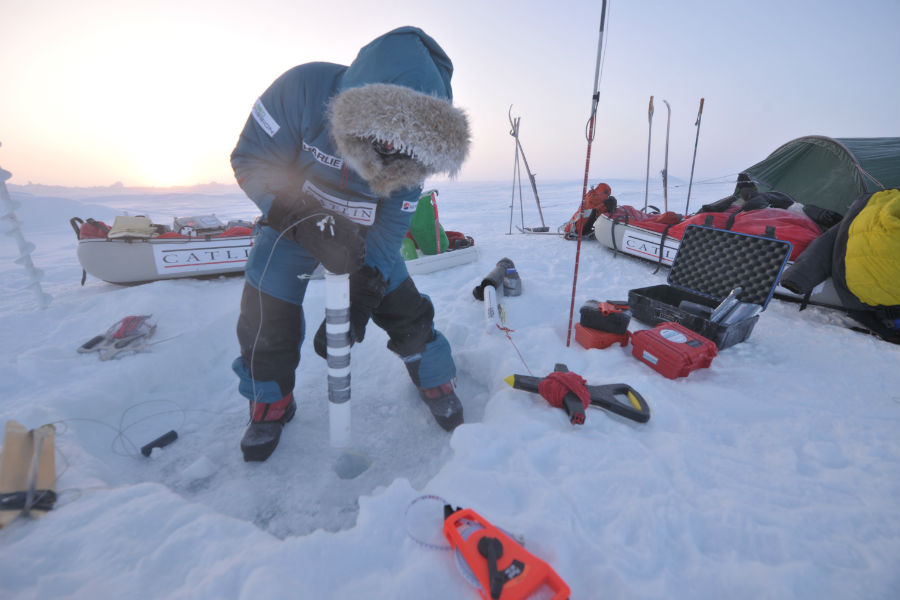
It’s Official; 3-Billion-Years-Old ‘Lost Continent’ Lurks at Bottom of Indian Ocean
A long-lost continent, which once sandwiched between India and Madagascar, now lurks at the bottom of the Indian Ocean, revealed a research report published on Tuesday. According to the study, conducted by a team of international geologists, a long-lost old continent, which used to dwell between India and Madagascar nearly 3-billion years old, is currently lurking beneath the Indian Ocean’s island of Mauritius. The study was led by Lewis Ashwal, a geologist at the University of the Witwatersrand, Johannesburg in South Africa and his associates.
Lewis Ashwal, the lead researcher of the study, back in 2013 discovered that the island of Mauritius enclosed an intense gravitational force in contrast to the other parts of the Indian Ocean. Since then, he and his associates kept on monitoring and scrutinizing the area and this year, the team comes up with the view that, the island was residing on a portion of a sunken continent, which was lost since more than 3-billion years. The sunken continent is dubbed as ‘Mauritia’ by the scientists.
The study published in the journal ‘Nature Communications’ this week, suggests that the old continental crust might be contributing regions of itself to some of the oceanic volcanoes. As e Zircon evidence, the researchers represented the Zircon crystals – the fragments of some of oldest rocks of ancient Earth.
Until 85 million years ago, Maruitia was used to be a tiny continent, holding an approximate size of Madagascar. However, when India and Madagascar started breaking up, the continent began to broaden. According to the report published New Scientist, the scientists also acquired the evidence suggesting the existence of some other volcanic islands in the Indian Ocean. The unidentified volcanic islands are believed to sit on regions of the sunken land mass.
As mentioned in the report, despite Mauritius aging only 8 million years old, the team of geologists detected zircon crystals to be 3 billion years old. Moreover, the scientists also point out that, the already presented Zircon crystals on the island’s beaches have been dated at 2 billion years old. Researchers, after concluding the study, now believe that some massive volcanic eruptions may have exploded the crystals from the below of the surface.
The researchers, during the scrutinizing process, also have discovered multiple pieces of old continents from the same location, which are mostly identical to the pieces found off in Western Australia and underneath Iceland.


